Chimney Flue Requirements, Furnace and Water Heater Venting
Consequences of improperly assembled vent pipes, problematic chimney flue, deteriorating chimney walls can be sometimes fatal - fire and Carbon Monoxide poisoning are topping the list.
Proper furnace / water heater venting is an extremely important issue, which depends on the performance of the house chimney / chimney flue or other exhaust assemblies. The conditions explained in this post also apply to the wood burning appliances.
Consequences of improperly assembled vent pipes, problematic chimney flue, deteriorating chimney walls can be sometimes fatal – fire and Carbon Monoxide poisoning are topping the list.
Therefore, combustion products from your furnace, water heater, wood-burning fireplace, and any other appliance that requires some kind of an exterior vent / chimney, have to be properly properly discharged to the exterior through its flue.
Certain requirements have to be met for the appliance’s chimney / chimney flue to draft properly. The most obvious one is unobstructed surroundings, in particular the roof itself. Depending on chimney placement / distance to the surrounding walls, there are different height rules.
For oil and wood burning appliances there is a very simple formula that regulates this chimney height requirement, it is called “3-foot, 2-foot, 10-foot rule”. What it means is that top of the chimney should be 3 feet above the roof surface through which it protrudes and 2 feet above anything within a 10′ radius measured horizontally (those are minimums).
This chimney rule can be applied to wood burning fireplaces, heating stoves and any oil fueled appliances, but remember that manufacturer requirements have to be incorporated into it.
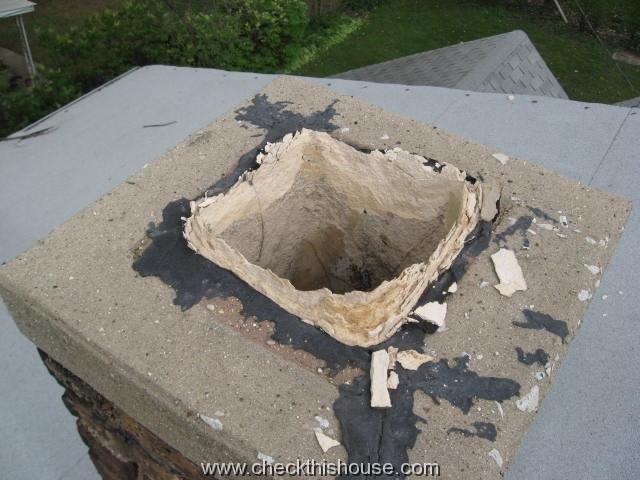 For gas venting appliances, the chimney flue / venting rules are more complex, simply because of the variety of products on the market. For a double wall type vent (required in cold climates) I’ve prepared a separate post – Gas appliance vent terminations.
For gas venting appliances, the chimney flue / venting rules are more complex, simply because of the variety of products on the market. For a double wall type vent (required in cold climates) I’ve prepared a separate post – Gas appliance vent terminations.
Below are some requirements for the furnace / water heater single wall vent pipe / chimney (warm climate):
- Chimney / chimney flue must terminate min. 2′ above the roof
- Chimney / chimney flue must terminate min. 2′ higher than building withing 10′
- Chimney / chimney flue must terminate min. 5′ above the flue collar (e.g. water heater installed close to the roof framing would need at least 5′ long vertical vent pipe)
- Single wall vent pipe requires minimum 6″ of clearance to combustible materials
General rule – the chimney should not be outside a window or other house opening.
There’s several other requirements which apply to certain types of furnaces and water heaters venting. Always follow manufacturer guidelines, if you have any concerns about your chimney, call a heating contractor or other chimney specialist and have the chimney/heating system examined.
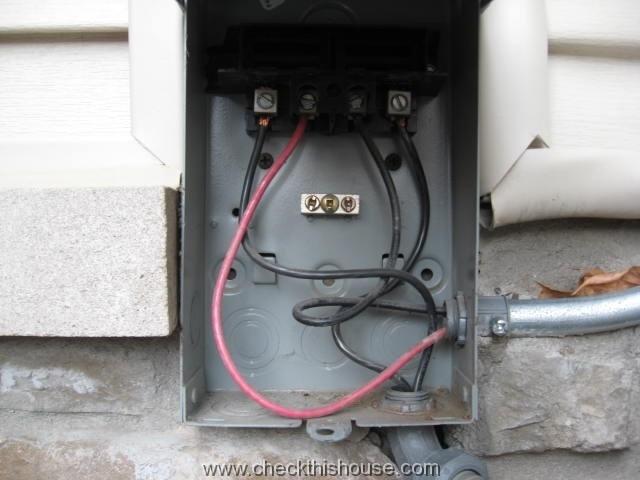
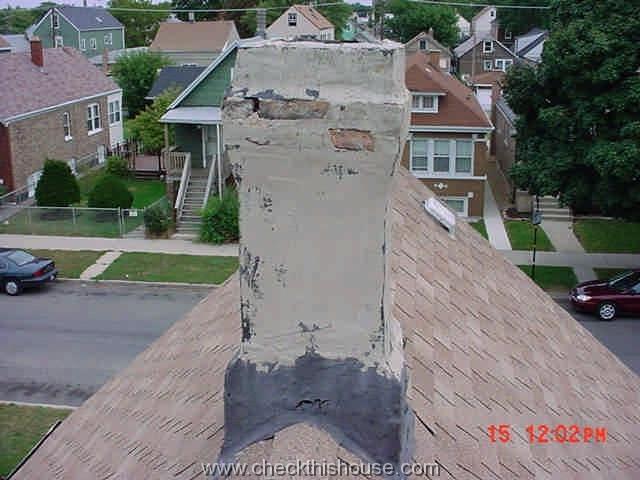 1. NEVER USE CHIMNEY FLUE TO VENT CLOTHES DRYER, KITCHEN / BATHROOM VENT
1. NEVER USE CHIMNEY FLUE TO VENT CLOTHES DRYER, KITCHEN / BATHROOM VENT
2. DO NOT USE SINGLE CHIMNEY FLUE TO VENT GAS AND SOLID FUEL (WOOD BURNING FIREPLACE OR HEATING STOVE) – you can have one chimney but multiple flues for different fuel types
3. READ MANUFACTURER’S INSTALLATION GUIDE and ask your licensed HVAC or plumbing contractor / installer if you have any concerns – installation guides are usually very clear, with simple diagrams explaining all required clearances, type of required materials, etc.
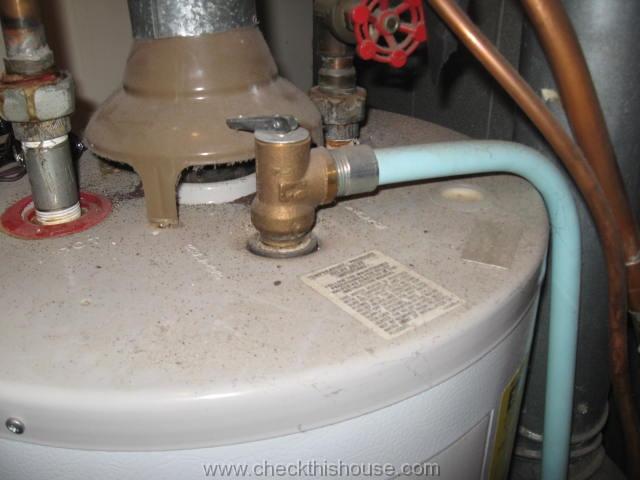 4. If you’re replacing an old water heater (check water heater inspection) and a furnace (or any combination of those), with new appliances that also require regular chimney, make sure that your chimney flue is evaluated. Flue gases temperature in older, low efficiency furnaces (78% and less efficient), was sufficient to elevate chimney flue temperature to the point which guaranteed proper draft.
4. If you’re replacing an old water heater (check water heater inspection) and a furnace (or any combination of those), with new appliances that also require regular chimney, make sure that your chimney flue is evaluated. Flue gases temperature in older, low efficiency furnaces (78% and less efficient), was sufficient to elevate chimney flue temperature to the point which guaranteed proper draft.
When connecting a new, regular type (known as category 1 type gas appliances) furnace /water heater, with efficiency slightly below 83%, old chimney flue size might need to be decreased with a new liner. This is extremely important, and serves various purposes – properly sized chimney flue:
- prevents acidic condensate from forming on the furnace / water heater chimney flue walls
- colder gases in large size chimney flue will not have enough energy to travel all the way to the top and discharge safely beyond the property (becomes critical during cold season), they will condensate on cold chimney flue walls, cause deterioration and corrosion of appliance metal vent pipes
- allows furnace / water heater combustion process gases to draft efficiently beyond the property
- prevents flue gases from returning into the house, which would create potentially hazardous conditions, possibility of Carbon Monoxide poisoning
5. If one appliance has been disconnected from the chimney previously serving 2 or more appliances, make sure that a professional re-evaluates your chimney flue. It may need to be down-sized to prevent flue gas condensation and to provide proper draft (typical condition when upgrading to a high efficiency furnace) – check this chimney flue sizing guide.
This video below explains in detail how to install a new liner inside the chimney. It is 8 minutes long, but you’ll get a good idea about the entire procedure – this is an extremely important and often necessary procedure.
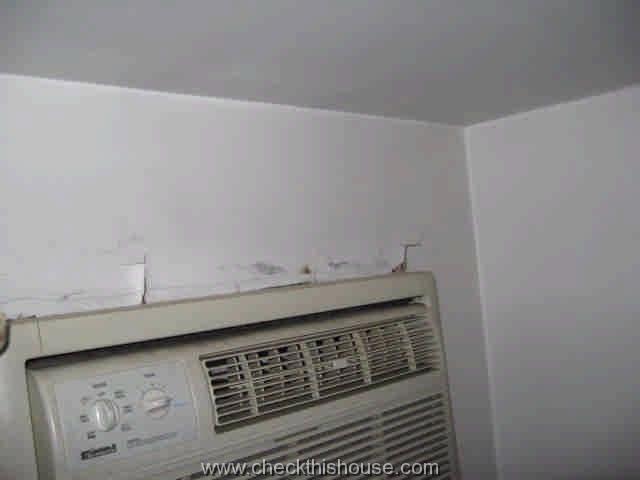
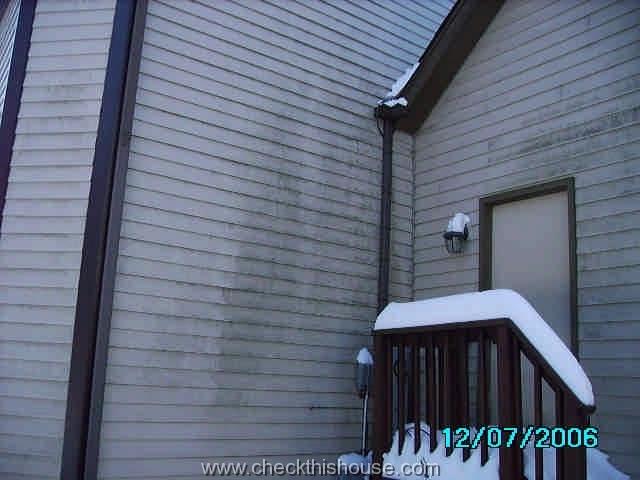 6. If you’re replacing natural draft furnace (no motor assistance for exhaust gases removal), with an induced / forced draft motor equipped appliance, and your natural draft water heater remains connected to the same chimney flue pipe, make sure that water heater vent pipe connection is “Y”, and not “T” type.
6. If you’re replacing natural draft furnace (no motor assistance for exhaust gases removal), with an induced / forced draft motor equipped appliance, and your natural draft water heater remains connected to the same chimney flue pipe, make sure that water heater vent pipe connection is “Y”, and not “T” type.
“Y” type vent pipes connection is necessary to prevent exhaust gases from mechanical draft type appliance vent pipe, from being pushed back into the natural draft type vent pipe, and contaminate living space.
Possibility of such contamination is greater during the cold season and on taller, exposed chimney / for example – attached to the side wall of the house. Before the hot exhaust gases warm up the chimney flue and create proper draft, they often discharge through the water heater’s draft hood.
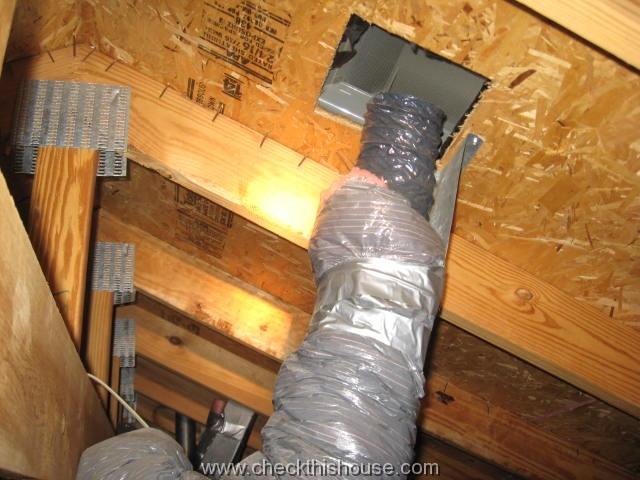
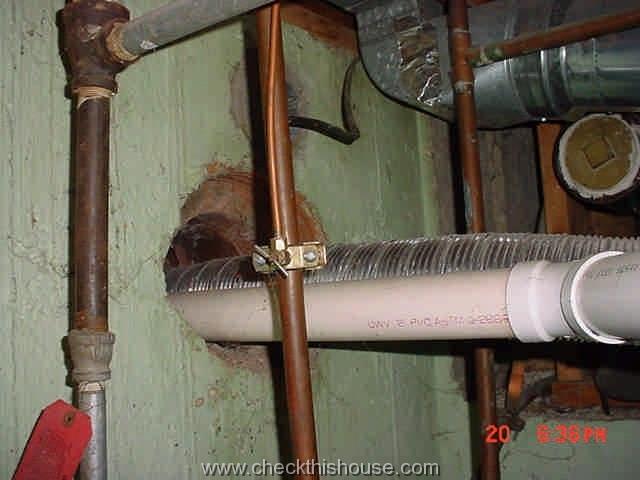
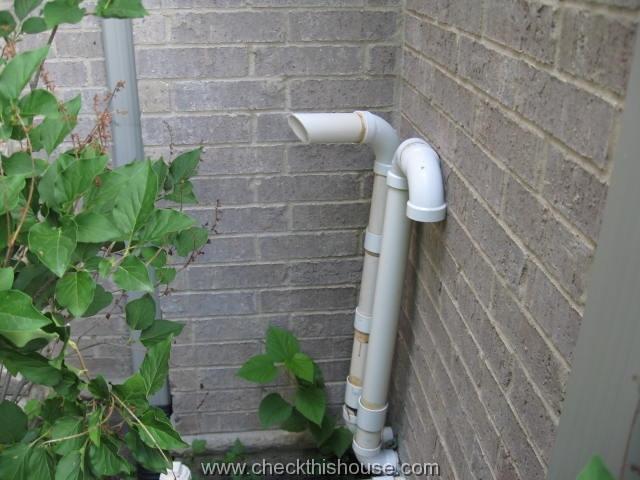 When upgrading to, or having a high efficiency furnace installed, exhaust gases will be discharged through the PVC pipe, and not the chimney flue.
When upgrading to, or having a high efficiency furnace installed, exhaust gases will be discharged through the PVC pipe, and not the chimney flue.
There are two types of venting associated with those furnaces – single pipe and two pipe systems.
Because high-efficiency furnaces venting system must be air tight, PVC vent pipe connections should be monitored periodically during furnace operation for any moisture / condensation. If such occurs on PVC joints, you should have this condition evaluated by a licensed HVAC contractor – connection will have to be resealed.



Comments are closed.